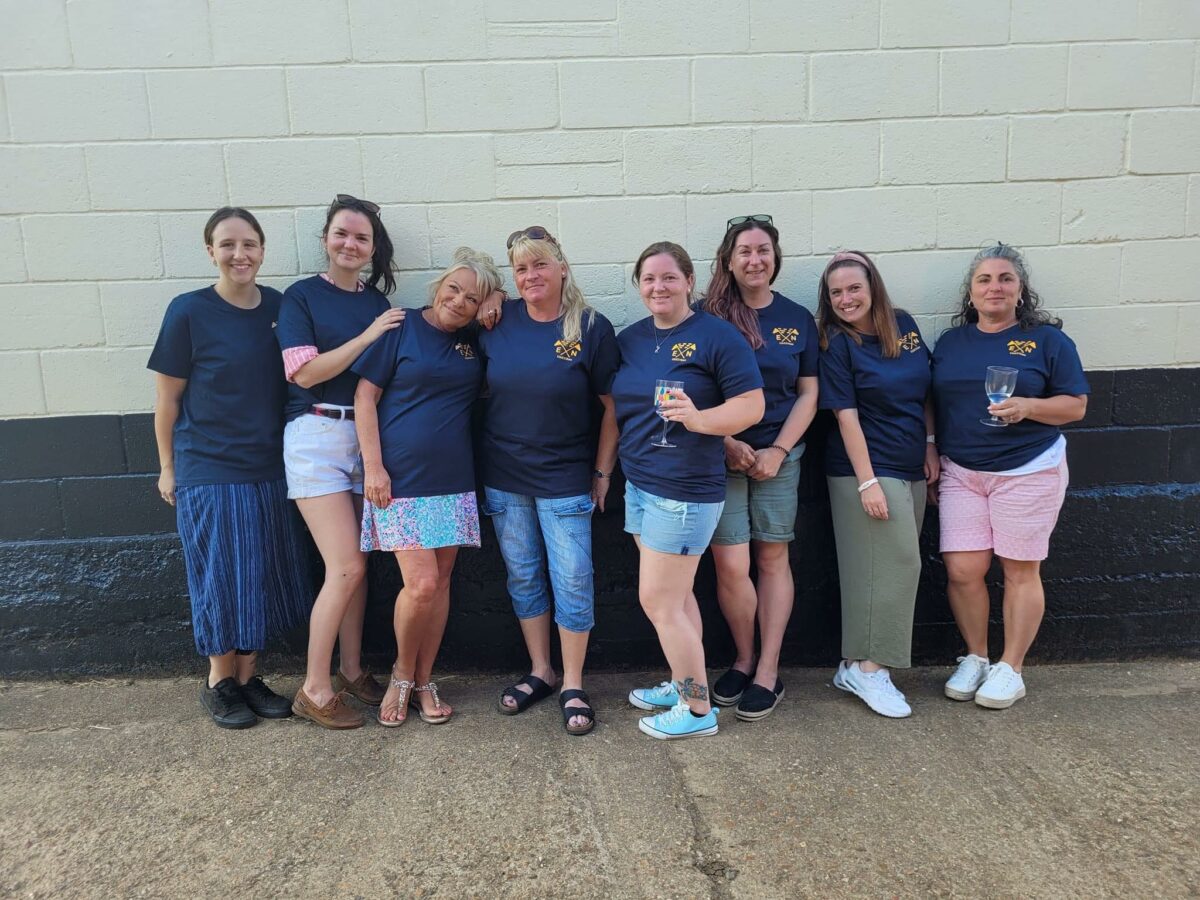Wobble Boards for Horses
Wobble boards are tools used for therapy and training. They help to improve a horse’s balance, strength, and proprioception, which is the horse’s sense of body position and movement. Using a wobble board can be part of a rehabilitation program for horses recovering from an injury or as a regular exercise to enhance performance.
One-directional Wobble Board
This wobble board is one directional, moving forwards-backwards. Simply standing your horse on this board strengthens muscles and ligaments in big muscle groups in the back, abdomen, shoulders, withers and rump, as well as smaller muscles supporting the pelvis, sacroiliac, hocks, knees and stifles. It also facilitates development of proprioception.
When the horse learns how to rock on the wobble board, there are additional benefits to horses’ balance and proprioception.
This wobble board can be used with or without a frame. When using a frame underneath the board wobbles more and makes it harder for the horse.
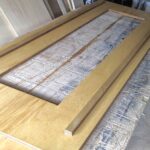
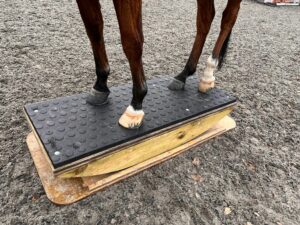
Bi-Directional Wobble Board
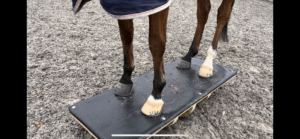
This wobble board moves in two directions: forwards-backwards and left-right. This provides an even more unstable surface and greater exercise benefit, strengthening of muscles and ligaments in the whole body.
This wobble board is more advanced and should be used after your horse is confident on the one-directional wobble board.
This wobble board does not need a frame.
Small Wobble Board
This wobble board moves in one direction, forwards-backwards or left-right depending on how its positioned. This one is for two legs only and can be used for front legs or hind legs. When used on the hind legs it exercise muscles and ligaments around the pelvis, lower back and abdomen. When used on the front legs it exercise areas around the shoulders, withers and back.
This wobble board does not need a frame.
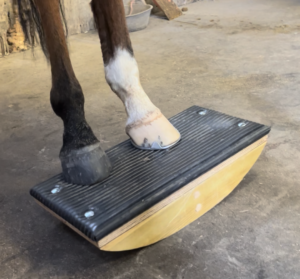
Circular Wobble Board
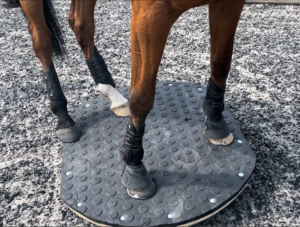
This wobble board moves 360 degrees and is the hardest of all the wobble boards. It is great exercise and a wonderful challenge, particularly when stepping in a circular movement. No frame needed for this.
Benefits
Improving Mind-body connection
Wobble boards have a surface that is moving, consequently the horse engages core muscles and ligaments to stay balanced on the moving surface. This improves better brain-body communication as the horse’s brain detects and responds to shifts in balance very quickly and counteract with muscle contraction. You may have noticed how much horses hates being out of balance. The effort to stay in balance improves horses’ proprioception, which is the horse’s awareness of the position and movement of its body.
Rehabilitation & Preventive Care
Wobble board training can be used to facilitate recovery after injury or conditions that have caused a loss of balance or strength. Balance training encourages the horse to engage and strengthen muscles and ligaments without excessive strain or impact.
Regular use of a wobble board can also be a preventative measure to keep a horse’s muscles, ligaments and joints in good condition, potentially reducing the risk of injuries.
Mental Engagement & Versatility in Training
Balance training engages horse’s brains from the inside, using the horse’s own motivation to use its muscles rather then from the outside where the horse is simply responding to a request from someone else.
Horses also enjoy learning about their balance and the wobble board presents a mental challenge as much as a physical challenge. But this challenge also breaks up the monotony of regular training routines.
Getting Started
We have written a blog for how we have introduced the wobble board and how we use it. You can read about our journey here. It will take several sessions to get your horse on the wobble board. Be patient and train your horse over several sessions. It tends to take 4 sessions of 10-20 minutes to get the horse on the wobble board, before starting the work to learn how to rock. The steps below are not split by sessions, but recommended steps.
Allow your horse to investigate the wobble board and scrape with its front legs and reward any attempt to touch the wobble board
Next, reward when the horse stop scraping and rest its foot on the wobble board
Its only a matter of time until your horse steps onto the wobble board with both front feet, reward your horse
Once your horse is comfortable placing both front legs on the wobble board, try leading it over the wobble board from the short side. You want it to be comfortable stepping onto and over the wobble board
When your horse has touched the wobble board with its hind legs a few times, you can try to lead onto the wobble board. A fence on one side can help with straightness. Reward any steps forwards – finally, your horse will be curious and move its hind legs on as well. Reward your horse
Once your horse is on the wobble board, allow it to find balance before gently encouraging shifting balance from front to back and back to front
1
2
3
4
5
How to use
Build up strength over time. Start with 3-5 min at the time, with a short walking break and repeat 3 times. Reduce the repetitions and increase time on the board over time. We do 2x 10 min sessions 2-3 times per week, before riding, lunging or groundwork.
Results were gradual and an obvious visible increase in muscle mass was seen after 6 weeks. Strength and balance improved gradually too, and has been very evident from progress in ridden work while maintaining soundness.
We asked people what they think
Callum Baker – Chiropractor
Callum is a chiropractor for both human and animals and founded and runs Berkshire Animal Chiropractic.
“The benefits of wobble board training are amazing for equine rehabilitation. Enhancing proprioception – the brain’s awareness of the body – these boards become invaluable assets for horses recovering from injuries or surgeries, fostering spatial awareness and coordinated movement. The controlled instability engages core muscles, contributing significantly to spinal support and overall stability. Additionally, wobble boards can play a role in enhancing joint mobilization, preventing stiffness and improving range of motion, essential elements in the rehabilitation journey. The boards instil confidence in cautious horses, particularly those recovering from past injuries, gradually building trust in their movements. From bolstering balance and coordination to providing a tailored rehabilitation experience, the wobble board stands as a remarkable tool in optimizing the health, vitality, and performance of our equine companions.”
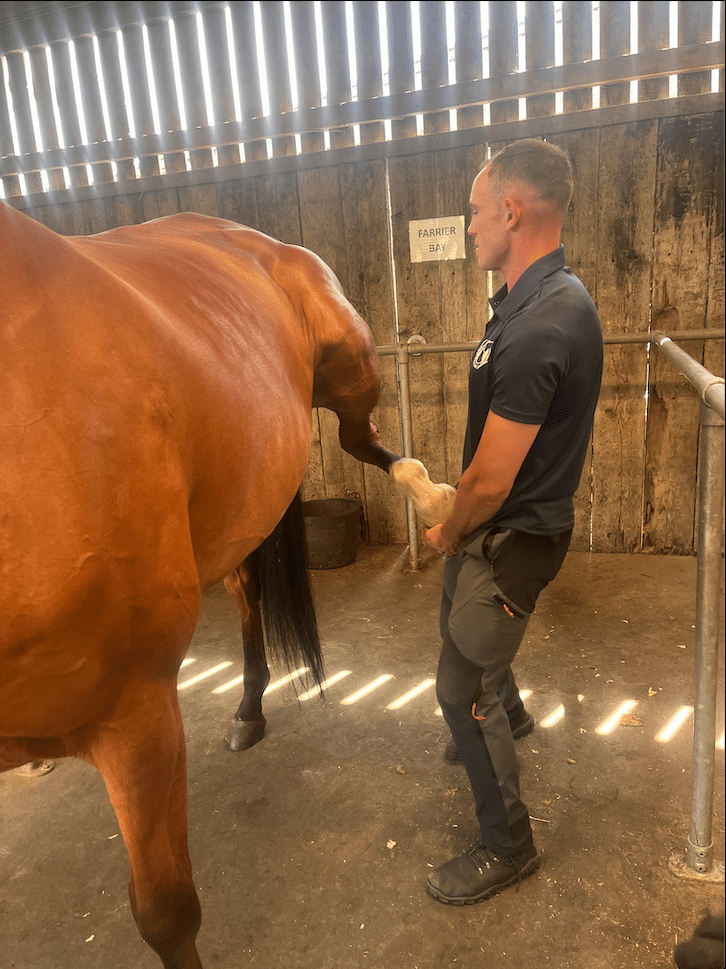
Emma Tomlinson – Veterinarian

Emma Tomlinson is an equine vet specialising in breeding and performance. She founded and runs Tomlinson Equine.
“I love the idea of wobble board training because it challenges the horse’s balance and helps them develop better proprioception, motor coordination and core strength which are crucial factors in the prevention of injuries”
Hayley Druce – Veterinary Physiotherapist
Hayley is a veterinary physiotherapist that assess and treats horses and dogs. She has founded and runs Berkshire Vet Rehab and wobbly dog referrals.
“Wobble cushions and boards are routinely utilised in human orthopaedic and neurological injury rehabilitation, strength and conditioning training and general fitness. Wobbly Horse have created a tool to replicate the benefits seen in human and canine practice. As an Equine Physiotherapist, I am constantly advocating for horse owners to incorporate unridden exercise into their horses workload for a multitude of reasons. So how can you use this as part of your horse’s training regime and why is this important? Lets dive deeper into equine back health and its integral role to the whole horse’s performance” Click here to read.
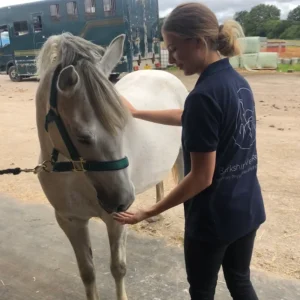
George Osborn – Horse trainer
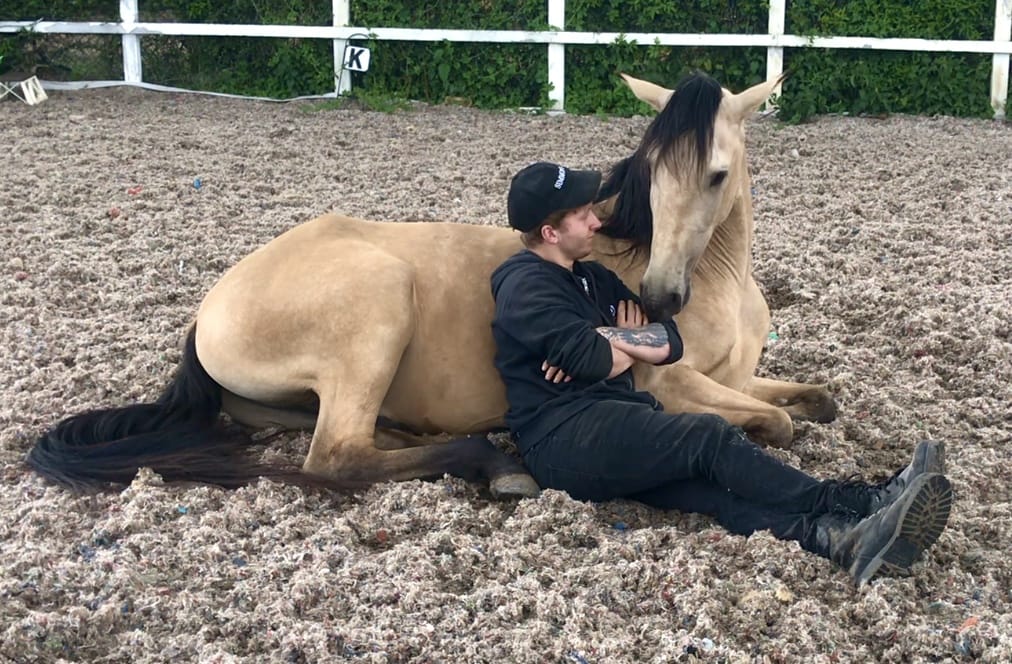
George is a horse trainer that focus on liberty and natural horsemanship techniques as well as trick training. He founded and runs Go Equine based in Herfordshire.
“For me, the wobble board provides a great opportunity to really break down a problem and overcome it with your horse. Improving your horsemanship techniques as well as your horse’s ability to patiently solve a problem and listen to you in a situation that can be scary and challenging as the board starts to move when they begin stepping on it. Helping to build their confidence and communication”
Emma Newman – Riding instructor and coach
Emma founded and runs TheraPlate South Central providing a mobile theraplate service in Berkshire.
“After watching Hugo exercise on the wobble board, I could really see how mentally stimulating it is – making him aware of how to balance from his fore to hind legs rocking on the board. By balancing on the board it really helps improve their core and general muscles needed for overall performance and wellbeing. Which as a horse owner we thrive to achieve”
